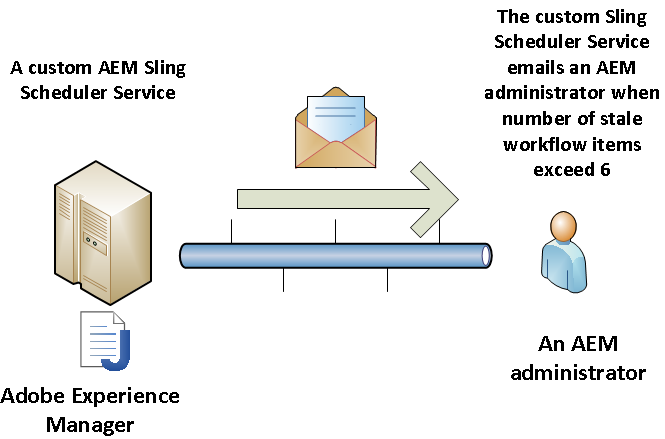You can create an Adobe Experience Manager (AEM) 6 form and submit the data to a custom AEM service. The custom service can process the data to meet your business requirements. For example, you can store the data in a database or send the data within an email message. However, to keep this article simple, the custom AEM service writes the posted data to the AEM log file.
An AEM 6 form can be consumed in a mobile device or a web browser running on a desktop. For example, consider a mobile user filling out the following AEM 6 form on an IPad device..When the user clicks the Submit button, the form data is submitted to an AEM Sling Servlet. Once the data reaches the Sling Servlet, you can process the mobile data to meet your business requirements. For example, you can store it in a relational database, store it in the AEM JCR, or pass it to an AEM Workflow (just to give a few examples).
To read this development article, click http://helpx.adobe.com/experience-manager/using/posting-aem-6-form-data.html.
Join the Adobe Experience Cloud Community
Join the Adobe Experience Cloud Community by clicking this banner
I (Scott Macdonald) am a Senior Digital Marketing Community Manager at Adobe Systems with 20 years in the high tech industry. I am also a programmer with knowledge in Java, JavaScript, C#,C++, HTML, XML and ActionScript. If you would like to see more CQ or other Adobe Digital Marketing end to end articles like this, then leave a comment and let me know what content you would like to see.
Twitter: Follow the Digital Marketing Customer Care team on Twitter @AdobeExpCare.
YouTube: Subscribe to the AEM Community Channel.
Twitter: Follow the Digital Marketing Customer Care team on Twitter @AdobeExpCare.










